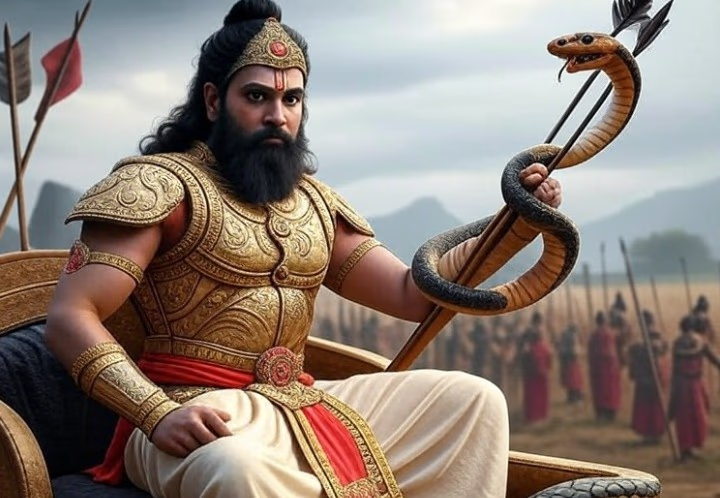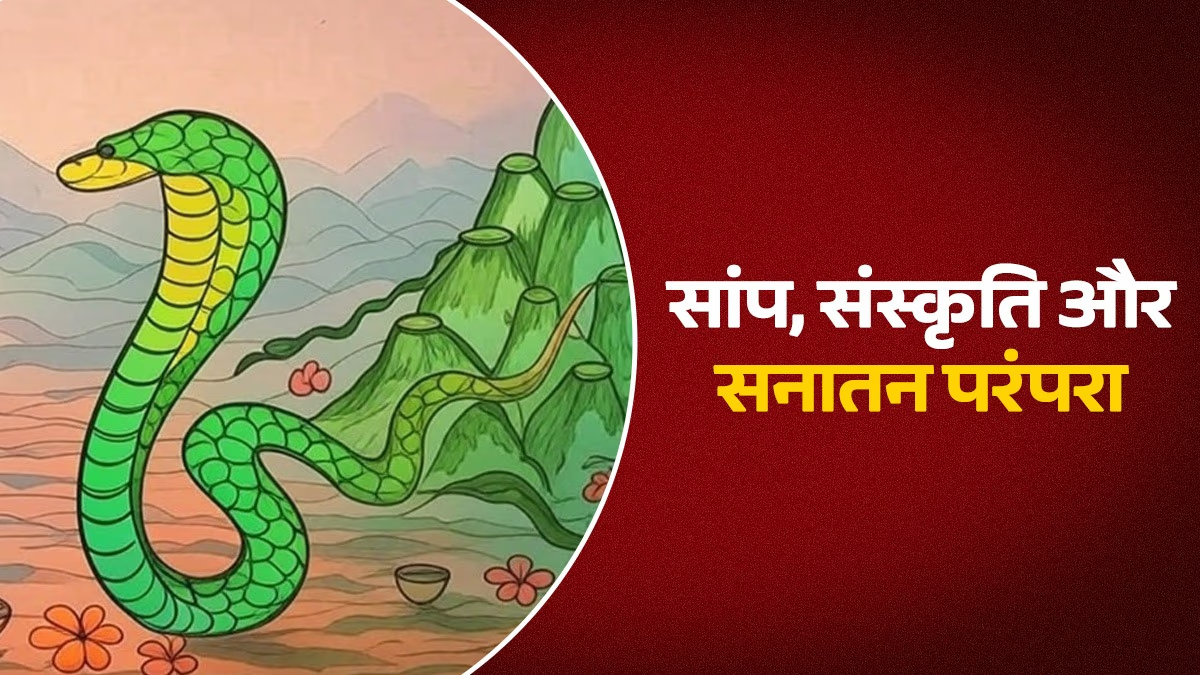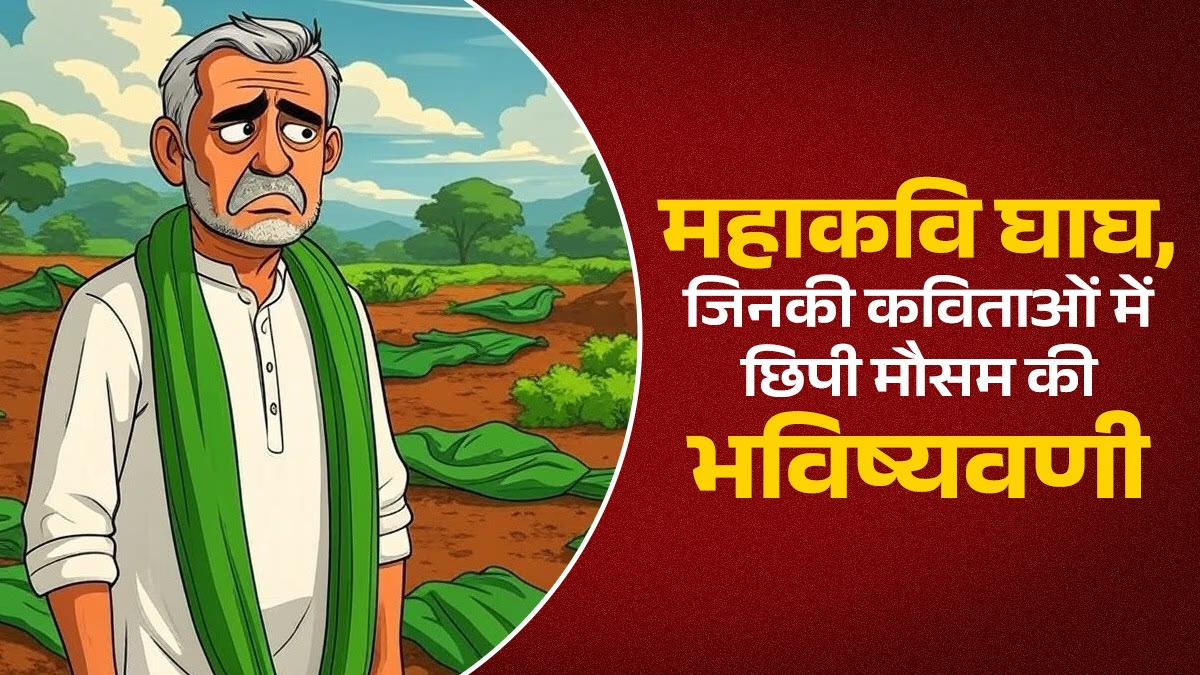Renowned poet Ramdhari Singh Dinkar's famous poem, 'Man and Serpent,' narrates the final days of the Mahabharata war when Karna was made the commander. As Karna, on his chariot, reaches for an arrow to strike Arjun, a serpent named Ashwasen from the Takshak lineage finds its way into his hand.
The poem revolves around a conversation between Karna and Ashwasen. Seeking revenge, Ashwasen discreetly enters Karna's quiver to strike Arjuna. The serpent implores Karna to place him on his arrow, assuring him that even if Arjuna escapes his assault, he will succumb to the venom.
Karna refuses, highlighting the virtues of serpents. He enlightens Ashwasen that despite being venomous, serpents remain pious. They symbolize Shiva’s necklace and Vishnu's bed, signifying their importance in the cosmic order. Karna’s description reveals the Indian philosophical fabric where every creature significantly contributes to what science calls biodiversity today.

Source: aajtak
The Tradition of Fasts and Festivals in Indian Society
Indian festivals and the practice of fasting present a brilliant example of biodiversity, naturally thriving through generations without external influence. The festival of Nag Panchami stands as a testament to this, showcasing our interwoven culture.
Nag Panchami celebrates the worship of serpents, symbolizing the veneration of nature. Observed on the fifth day of the bright half of Shravan month, it coincides with the monsoons, bringing snakes out of their lairs. This period ensures they are revered rather than harmed. While venomous, serpents have proved helpful to farmers in pest control. Observances range from idol worship to creating symbolic forms from cow dung and ghee.
Ancient History's Testimony of Serpents
Serpents hold a notable place in human history, figuring prominently in numerous mythical tales. In puranic scriptures, Vasuki Nag was used during the ocean churning, a cosmic event. Lord Shiva adorns serpents as necklaces, while Lord Ganesh uses them as waistbands. The 'Shivashtak' hymn praises Mahadev as adorned with serpents.
Significant Roles in Ramayana and Mahabharata
Lord Vishnu rests on Sheshnag, an embodiment recited in his meditative chants. In the Ramayana, Vishnu's incarnation, Lakshman, is Sheshnag, a role parallel to Balram in the Mahabharata. The tale of Ravan’s son Meghnad features his wife Sulochana, who is Nagakanya, the daughter of Sheshnag.
Similarly, Mahabharata recounts Arjun’s marriage to the snake princess Ulupi. In another legend, Parikshit, son of Abhimanyu, meets his end by a snakebite, which angers his father Janamejaya to conduct a snake sacrifice. Yet, the sage Astika intervenes, saving serpents from extinction, enriching humanity with lessons on life beyond enmity.
Mythology's Serpent Presence
Vritrasur, made from Dadhichi’s bones and slain by Lord Indra, is considered a serpent lord. The Rigveda mentions 'Ahi,' the serpent, and scriptures talk about serpents as divine. In mythic battles, such as Meghnad capturing Rama and Lakshman with Nagpash. Krishna defeating the serpent Kaliya is yet another celebrated tale. The rope of Yama, the god of death, is depicted as made of snakes.

Source: aajtak
Serpents in Folklore
Serpents, as anthropomorphic allies, share an intricately recorded lore, unrivaled by any other species. The allure of tales like the mystical 'Nagmani,' bestowing immortality and transforming destitution into royalty, captivates human imagination profoundly. With myths speaking of metamorphosing serpents, these narratives unabashedly defy modern scientific understanding, enriching our cultural ethos with a sense of enchantment and mystery.




